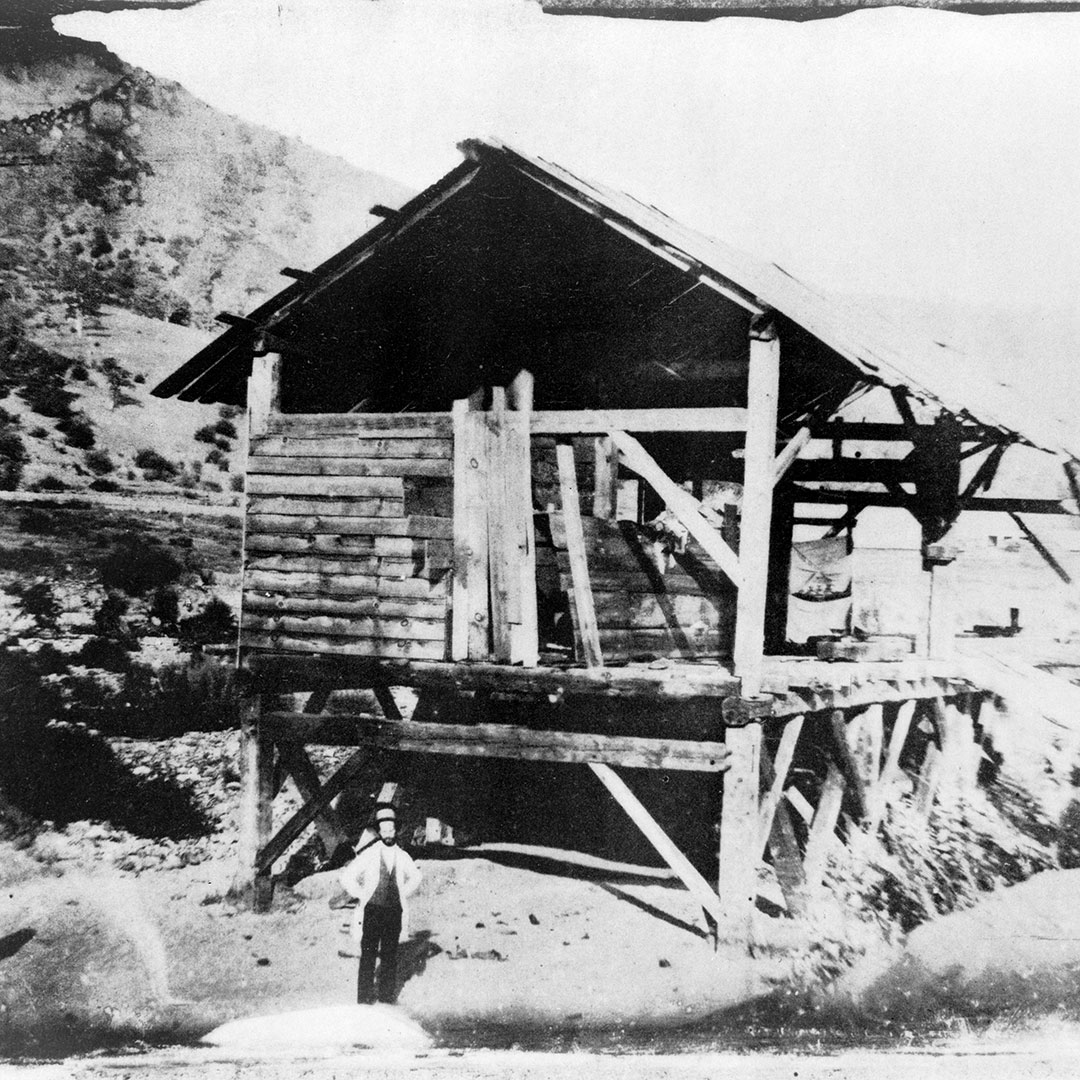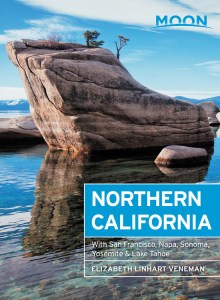The Impact of the Gold Rush on California
Sacramento and San Francisco that chunks of gold were on the riverbeds for the taking, and the Gold Rush was on.
Thousands of people streamed into Northern California seeking gold. After panning streams and water-blasting hillsides for gold, the famous hard-rock mines of California began construction. Although panning continued, by the 1860s most of the rough men had taken jobs working in the dangerous mines. The most productive region was a swath of land nearly 200 miles long, roughly from El Dorado south to Mariposa, known as the Mother Lode or Gold Country. Mining towns such as Sonora, Volcano, Placerville, Sutter’s Creek, and Nevada City swelled to huge proportions, only to shrink back into obscurity as the mines eventually closed one by one. Today Highway 49 winds from one historical Gold Rush town to the next, and gold mining has mostly given way to tourism.

As American and European men came to Northern California to seek their fortunes in gold, a few wives and children joined them, but the number of families in the average mining town was small. A few lone women joined in the rush to the gold fields in the oldest profession, serving the population of single male miners and laborers with female companionship.
Another major group of immigrants came to Northern California from China—not to mine but to labor and serve the white miners. Most were forced to pass through the wretched immigration facilities on Angel Island in the middle of San Francisco Bay before being allowed onto the mainland; others were summarily shipped back to China. San Francisco’s Chinatown became a hub for the immigrants, a place where their language was spoken and their culture understood. Thousands headed east, becoming low-level laborers in the industry surrounding the mines or workers on the railroads continuously being built to connect Gold Country to the rest of the country.
The dramatic population boom caused by the Gold Rush ensured that California would be on the fast track to admission into the United States, bypassing the territorial phase. California became a state in 1850—it had gone from a Mexican province to the 31st U.S. state in little more than four years.
